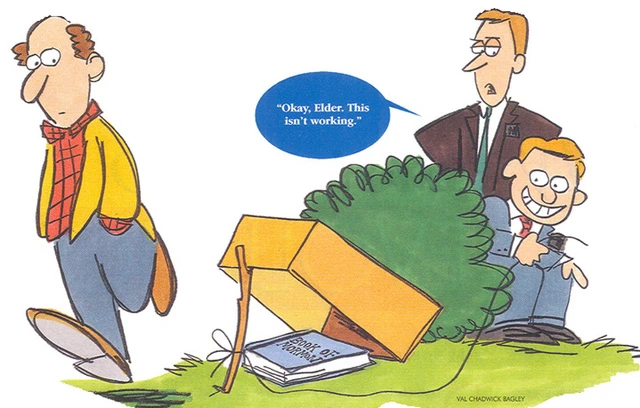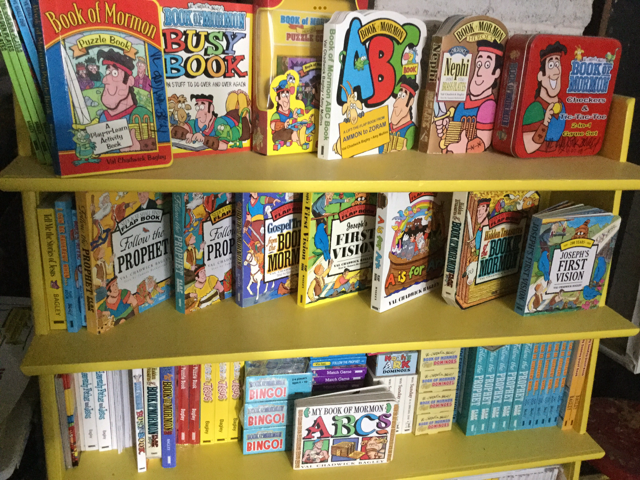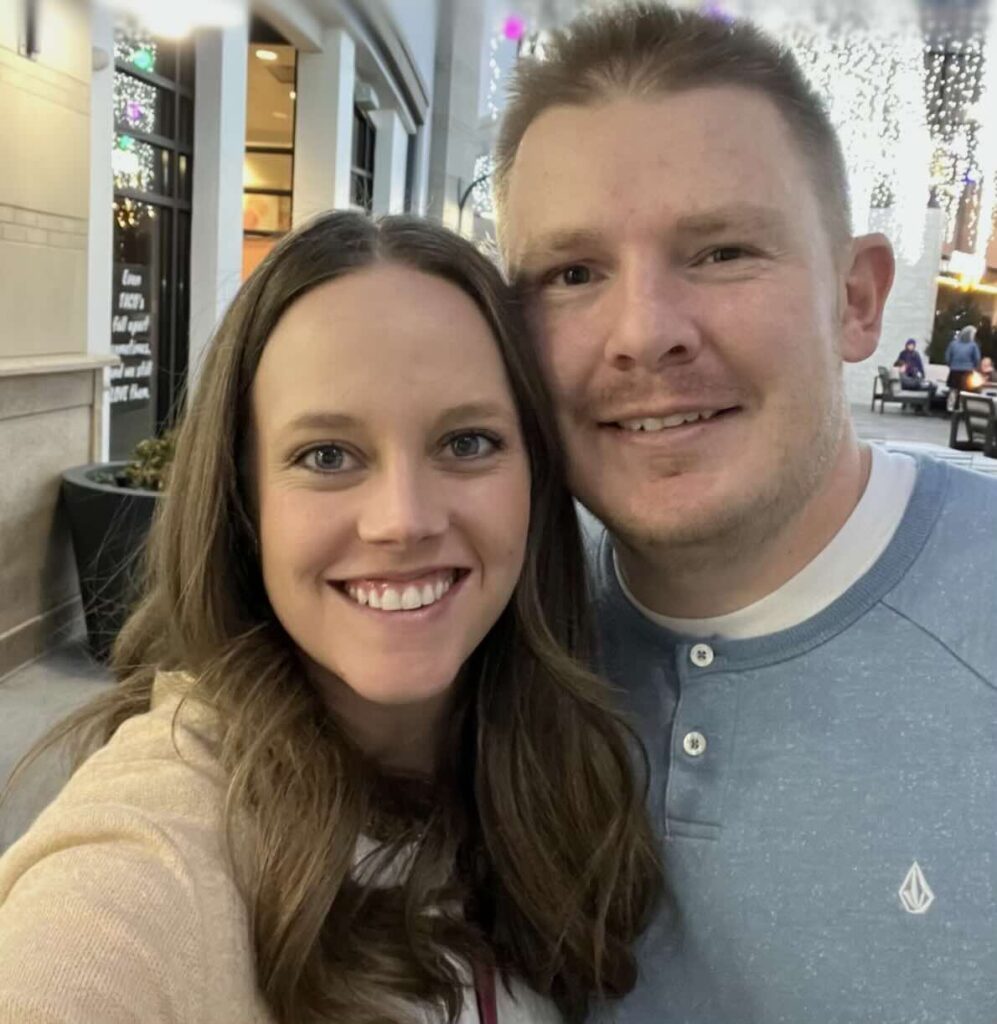- How “Save the Cat” Can Save Your Story – Part One
- How “Save the Cat” Can Save Your Story – Part Two
- How “Save the Cat” Can Save Your Story – Part Three
- How “Save the Cat” Can Save Your Story – Part Four
Every reader knows that stories consist of more than just fun and games, and they’ll be ready to discover what comes next. You’d better deliver the heat you promised at the midpoint!
Where the midpoint is a single scene beat that acts as a catalyst to change your hero’s path, the next beat is similar to the debate where your fearless hero deals with the fallout.
Beat 10: Bad Guys Close In
The stakes are high, and a ticking clock increases the pressure. Your story takes a dramatic turn, and your hero faces their ultimate test.
What happens to humans under pressure? Even the best of us default to our worst qualities—and that’s exactly what happens to our hero. All their negative personality traits drive their behavior. Eventually, their character flaws become too much for their friends to bear, and the hero finds themselves alone.
Beat 11: All Is Lost
What happens when we find ourselves in the worst spot of our lives with no one to support us? We hit rock bottom.
In this moment of despair, your hero faces a significant defeat that represents the death of the character they once were. This single scene beat is often signified by an actual death, especially that of the hero’s mentor. Without a mentor, the hero is truly on his own. This is the darkest hour before the dawn and the door through which your hero must pass to experience profound transformation.
Beat 12: The Dark Night of the Soul
This internal struggle is a crucial moment of reflection, introspection, and growth for your hero. Your hero confronts their inner demons, learns a valuable life lesson, and comes to understand the theme of your story.
Your hero will reflect on the lessons learned in their darkest moment to rise up and face the final challenge. This epiphany is the culmination of your story and the rising platform on which your hero will emerge victorious.
You can create a compelling and satisfying ending to your story by understanding the key stages of Act 2. I’m excited just thinking about it! Do this section right, and you’ll have a winner on your hands.
Now comes the grand finale. Act 3 brings all the pieces together, and your hero emerges triumphant. Let’s explore how to craft a satisfying and memorable conclusion to your story. Remember, the brightest dawn often follows the darkest night.
Beat 13: Break into Three: The Eureka Moment
The turning point of Act 3 is when your hero has a breakthrough—a realization that changes everything. The lessons they learned in the Dark Night of the Soul (Beat 12) meet the “aha” moment that sets the stage for the showdown.
Beat 14: The Final Battle
The stakes are at their highest, and the outcome is uncertain. It’s the climax of your story—the moment of truth. Here, your hero faces their greatest challenge where they will triumph or fail.
The hero must make amends for their bad behavior in Beat 10 and restore the relationship with the B-story character. Either the B-story character or the team recognizes the hero has changed and joins them in the fight.
With a foolproof plan in hand, they confront the bad guys—and are completely thwarted. The bad guys throw down a plot twist that destroys the hero’s plan and leaves them hopeless.
This defeat leads to a mini setup/catalyst/debate where the hero digs deeper than ever before and decides once and for all if they have what it takes to win the game. “Winning” requires them to embrace the theme and become the person the story has guided them to be. Only by doing so will they truly be able to defeat the bad guys.
The hero confronts the bad guys again with greater confidence and a supportive team.
This time, the hero and their team emerge victorious.
Beat 15: The Final Image
The last scene provides a snapshot of the hero’s new reality. This image mirrors the opening scene and allows the theme to resonate with the reader. The final image cements the hero’s transformation and emphasizes the lessons they’ve learned.
Crafting a satisfying ending is crucial to leave a lasting impact on your readers. By following these steps and understanding the importance of each beat, you can create a rewarding and memorable conclusion.
Pro Tip: The key to a great ending is to make it feel earned. The resolution should directly result from the character’s journey and the challenges they’ve faced.
I hope you’ve enjoyed this journey through the beats of Save the Cat, but you should never feel constrained by a writing method. Follow the beats as closely or loosely as you wish to guide you through crafting the best story you’ve ever written—the first of many to come.
Happy writing!

Ali Cross
Find Ali at her website or @thealicross online.









